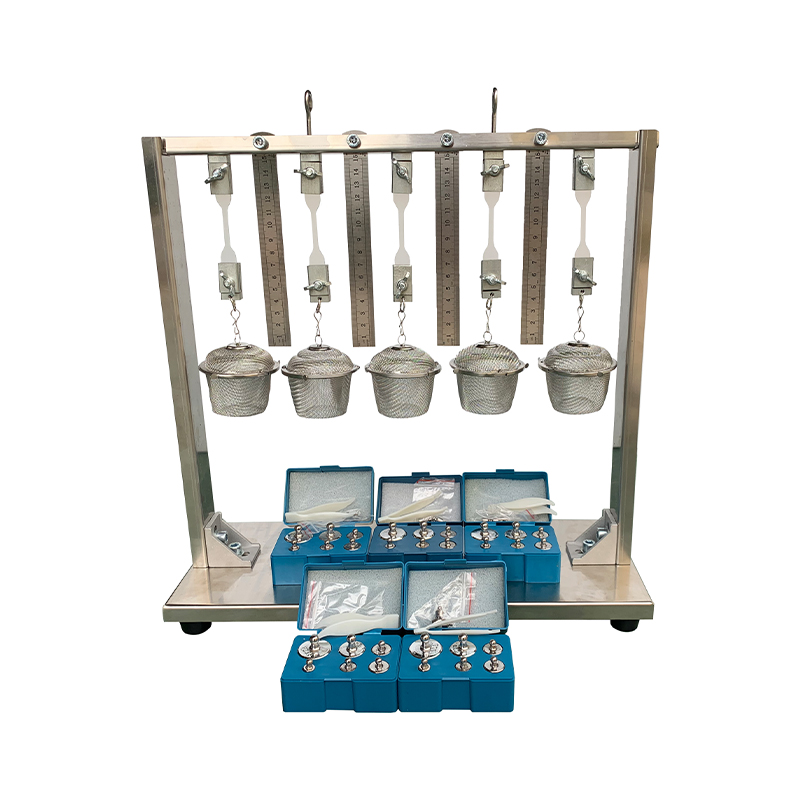Winding and Torsion Test Equipment for Material Strength Evaluation
Winding and Torsion Testing Machine An Essential Tool for Material Testing
In the realm of materials science and engineering, understanding the mechanical properties of materials is crucial for ensuring the reliability and durability of products. One of the standardized methods for evaluating these properties is through the use of a winding and torsion testing machine. This sophisticated piece of equipment is designed to accurately measure how materials behave under various forms of mechanical stress, particularly torsional forces and winding stresses.
Understanding the Functionality
A winding and torsion testing machine primarily serves to test materials that are subjected to winding processes, such as wires, ropes, and multi-stranded cables. The machine applies controlled torsional loads to the specimen while it is wound in a particular configuration. This allows engineers to observe how the material performs under conditions that mimic real-world applications.
The machine typically comprises a frame, rotational mechanism, and sensors that measure both the angle of twisting and the force applied. By promoting a systematic increase in torsional strain, it is possible to identify critical parameters such as the elastic limit, yield strength, and ultimate tensile strength of the material.
Importance in Material Testing
The significance of winding and torsion testing machines cannot be overstated. Industries ranging from construction to aerospace rely on materials that can endure substantial mechanical stress. For instance, the ability of a wire used in electrical applications to withstand twisting without breaking is vital for ensuring the safety and performance of electrical systems. Similarly, in the automotive industry, components like driveshafts are subjected to torsional stresses, and understanding their limits is essential for preventing mechanical failures.
Moreover, the results obtained from tests conducted on these machines contribute to the development of better materials and manufacturing processes. By analyzing the data gleaned from winding and torsion tests, engineers can assess whether a material is suitable for its intended application or if it requires modification or reinforcement.
Types of Tests Conducted
winding and torsion testing machine

There are several types of tests that can be performed using a winding and torsion testing machine
. Among the most common are1. Torsion Testing This involves applying a torque to a specimen until it fails, providing insight into its torsional strength and ductility.
2. Winding Fatigue Testing Here, materials are subjected to repetitive winding and unwinding cycles to evaluate their endurance under fatigue conditions.
3. Combined Load Testing Some materials are subjected to both tensile and torsional stresses simultaneously to simulate complex loading conditions.
Advancements in Technology
The design of modern winding and torsion testing machines has evolved significantly, focusing on precision and ease of operation. Digital control systems and software integration allow for automated testing processes, enabling quicker data collection and analysis. Advanced sensors enhance measurement accuracy, while user-friendly interfaces simplify the operation for technicians and engineers.
Data analytics tools are also increasingly being integrated into the testing machines, enabling users to visualize results and trends over time. This can provide a deeper understanding of material behavior, paving the way for innovations in material science.
Conclusion
In summary, the winding and torsion testing machine is a vital instrument in the field of materials testing. Its ability to simulate the conditions that materials face in real-world applications makes it invaluable for engineers and researchers alike. As industries continue to demand higher performance materials, the role of such testing machines will only grow, driving advancements in technology and ensuring that materials meet the rigorous standards required for safety and reliability.
-
Why the Conductor Resistance Constant Temperature Measurement Machine Redefines Precision
NewsJun.20,2025
-
Reliable Testing Starts Here: Why the High Insulation Resistance Measuring Instrument Is a Must-Have
NewsJun.20,2025
-
Flexible Cable Flexing Test Equipment: The Precision Standard for Cable Durability and Performance Testing
NewsJun.20,2025
-
Digital Measurement Projector: Precision Visualization for Modern Manufacturing
NewsJun.20,2025
-
Computer Control Electronic Tensile Tester: Precision and Power for the Modern Metal Industry
NewsJun.20,2025
-
Cable Spark Tester: Your Ultimate Insulation Assurance for Wire and Cable Testing
NewsJun.20,2025
 Copyright © 2025 Hebei Fangyuan Instrument & Equipment Co.,Ltd. All Rights Reserved. Sitemap | Privacy Policy
Copyright © 2025 Hebei Fangyuan Instrument & Equipment Co.,Ltd. All Rights Reserved. Sitemap | Privacy Policy
